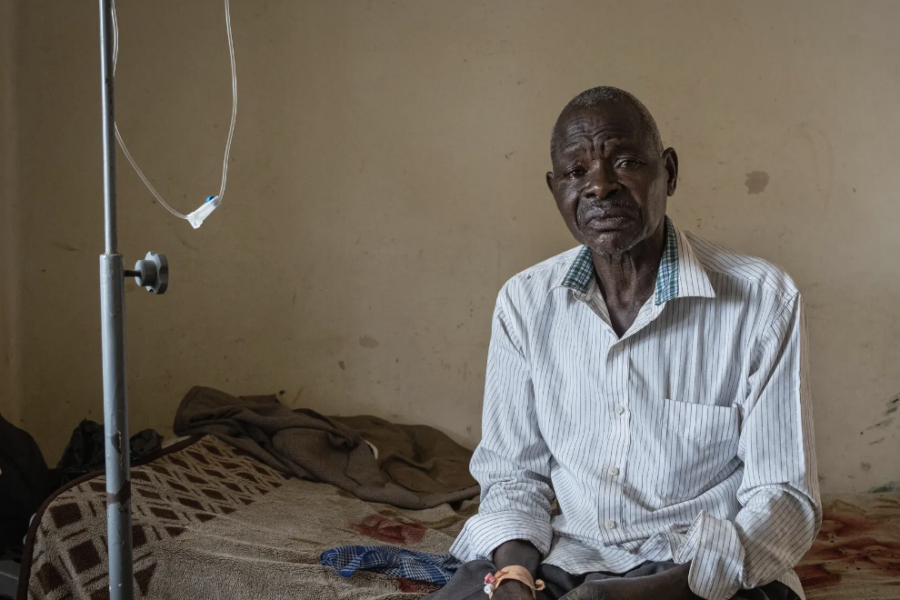Only a fraction of the presumed cases in five countries have led to positive tests for anthrax. Some scientists say other causes cannot yet be ruled out.
Five African countries are battling outbreaks of anthrax, with nearly 1,200 people affected so far and 20 deaths, according to the World Health Organization. But the official tally belies confusion about the exact nature and scale of the outbreaks, which may complicate the efforts needed to contain them.
Of the 1,166 presumed anthrax cases in Kenya, Malawi, Uganda, Zambia and Zimbabwe, only 35 have been confirmed with lab tests. That is not unusual or unreasonable, experts said, especially in regions with limited resources.
But at least in Uganda, many of the presumed cases have resulted in negative tests for anthrax, raising the possibility that a second disease is circulating.
“It could simply be that the diagnostic testing is inadequate, or it could be that you have a moderate number of anthrax cases and simultaneously you have an outbreak of something else that could look similar,” said Dr. Andrew Pavia, an infectious disease expert at the University of Utah who has advised the Centers for Disease Control and Prevention on anthrax treatment guidelines.
